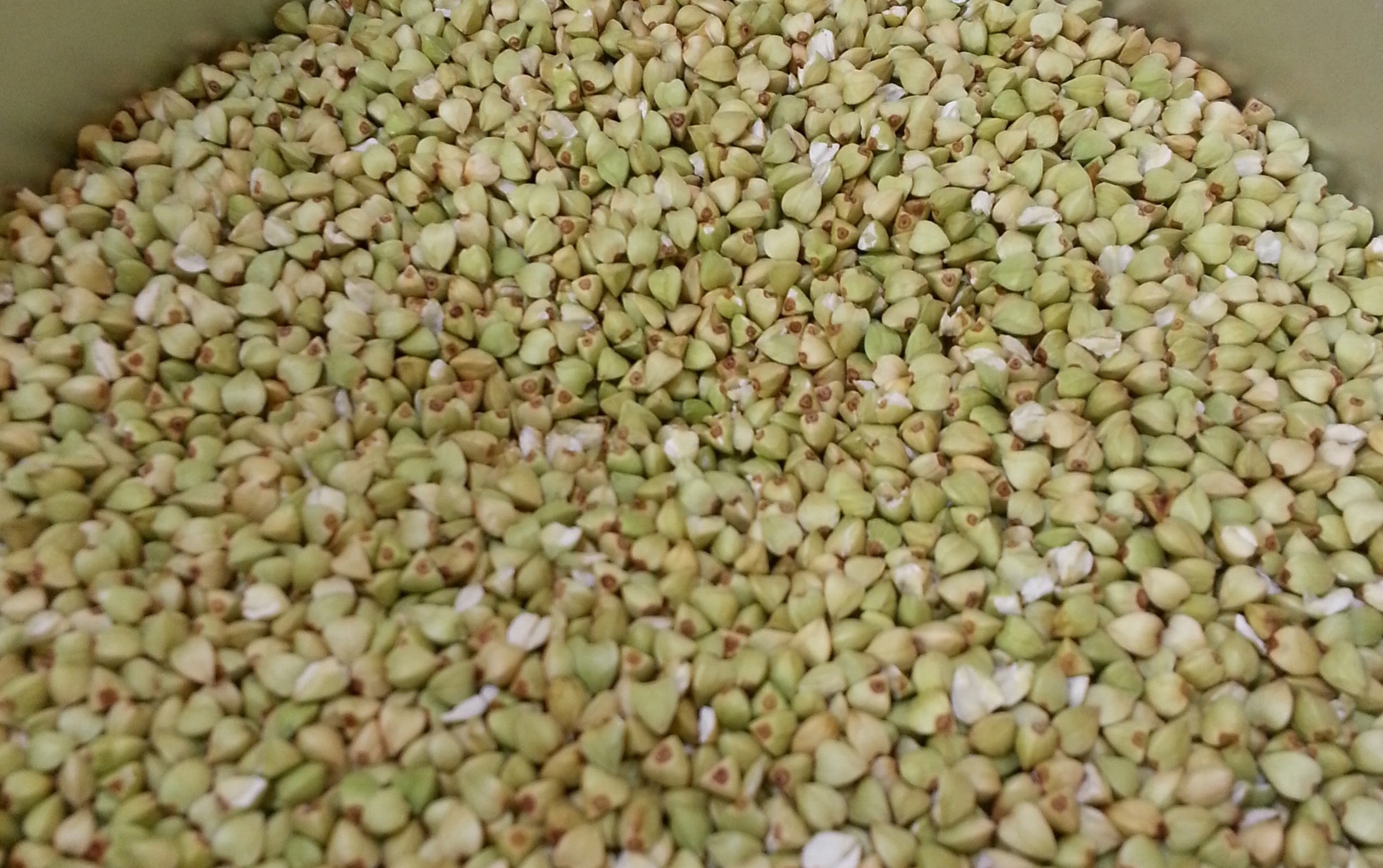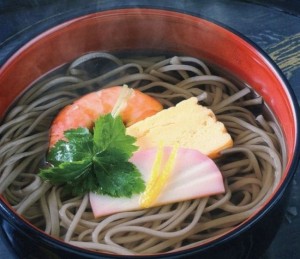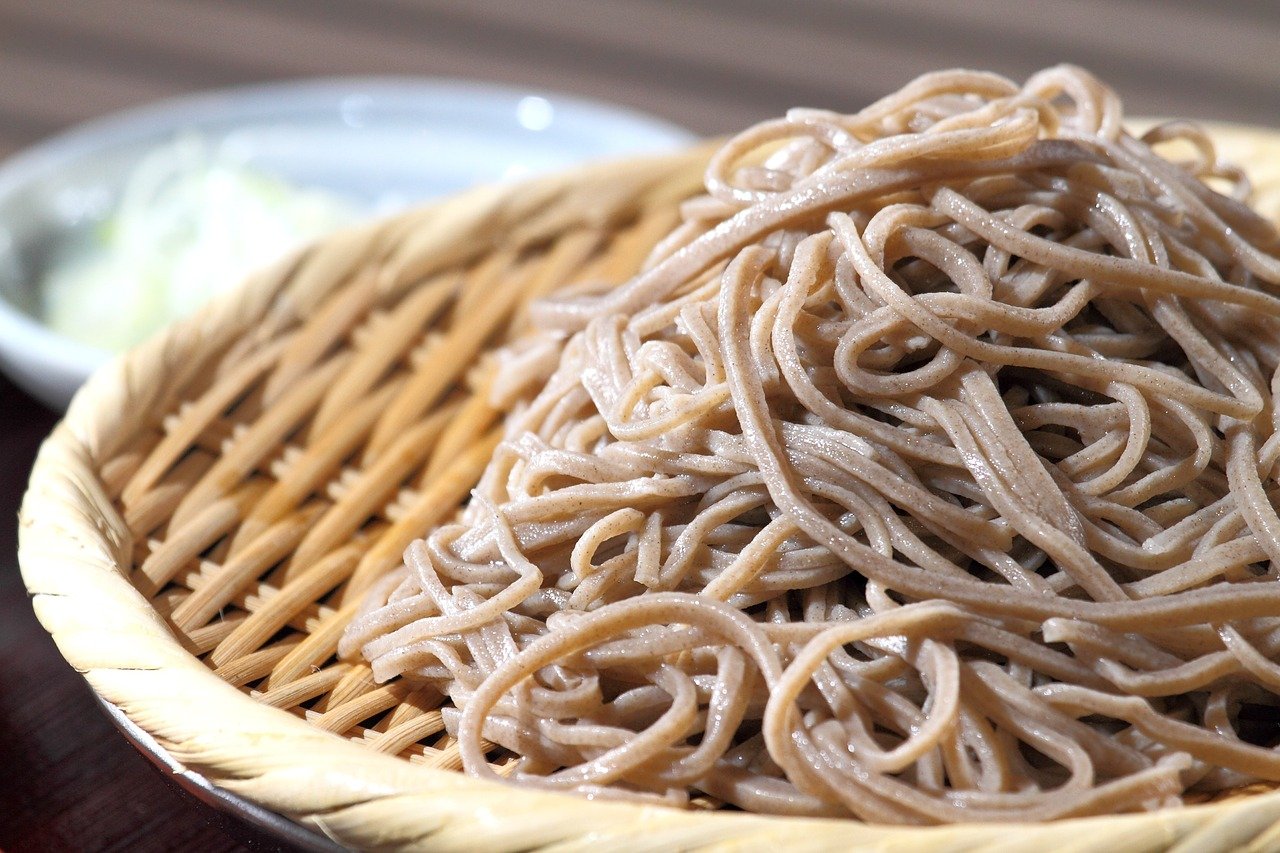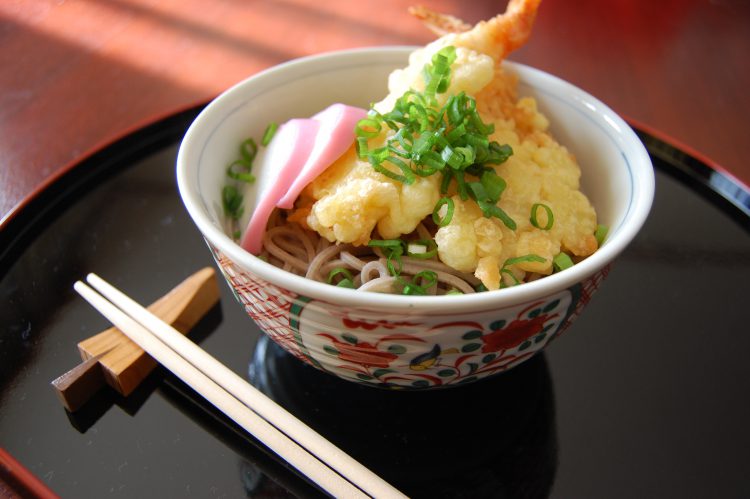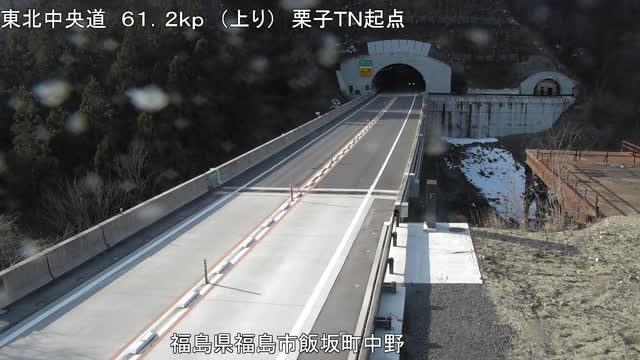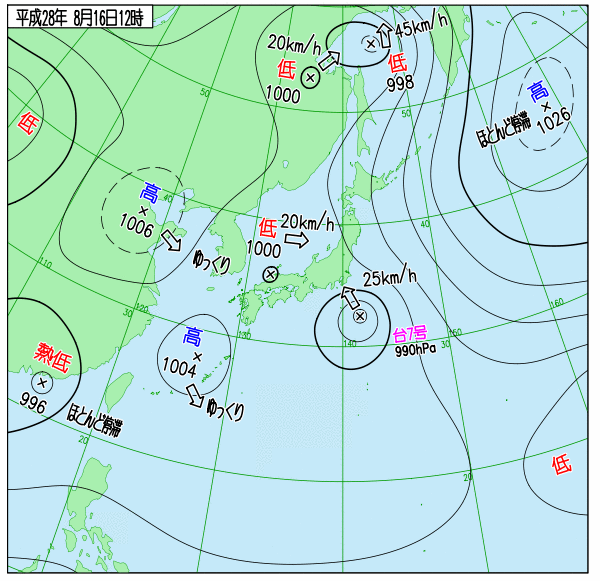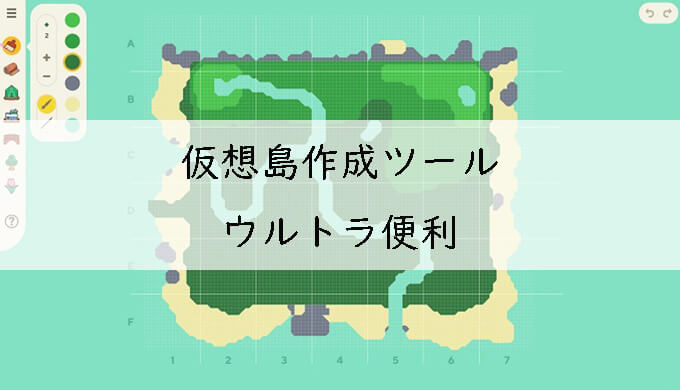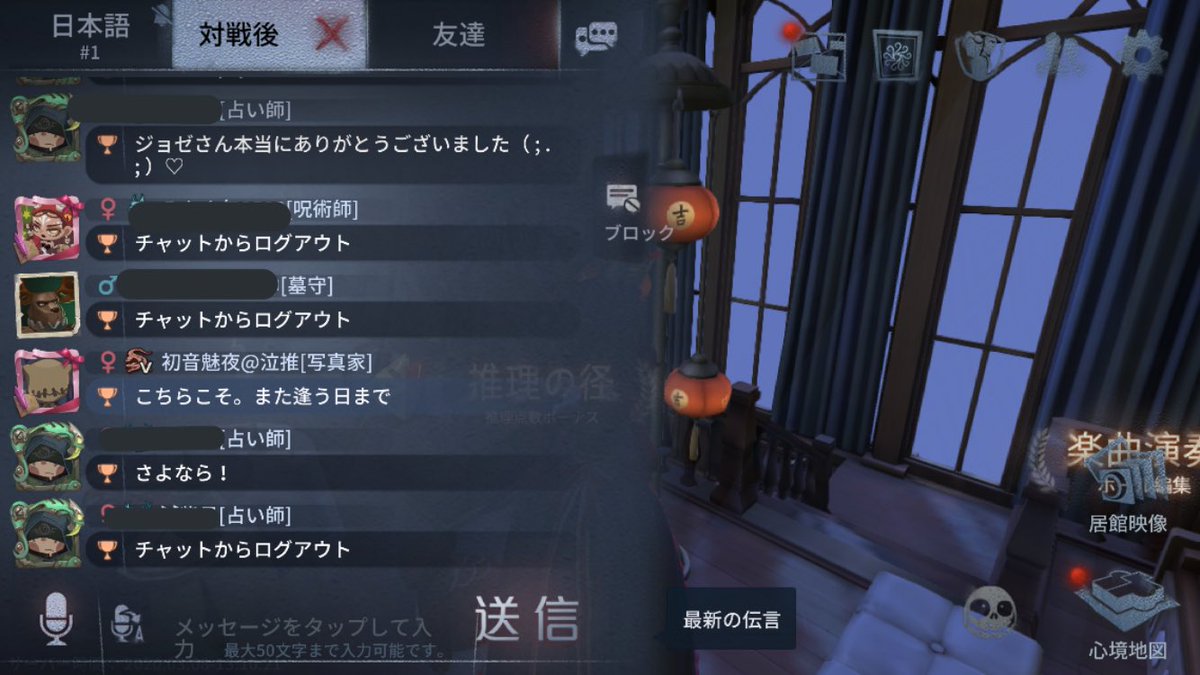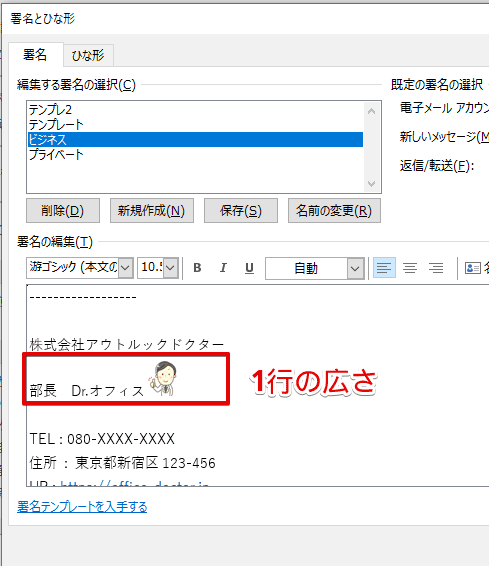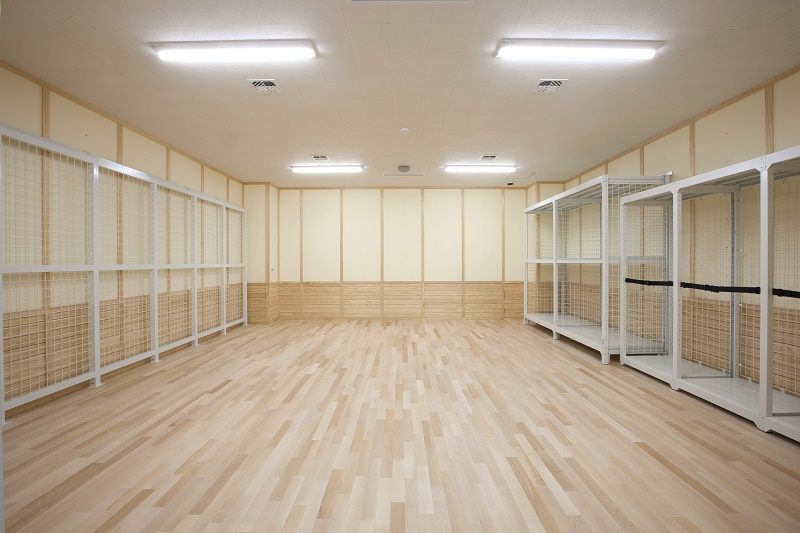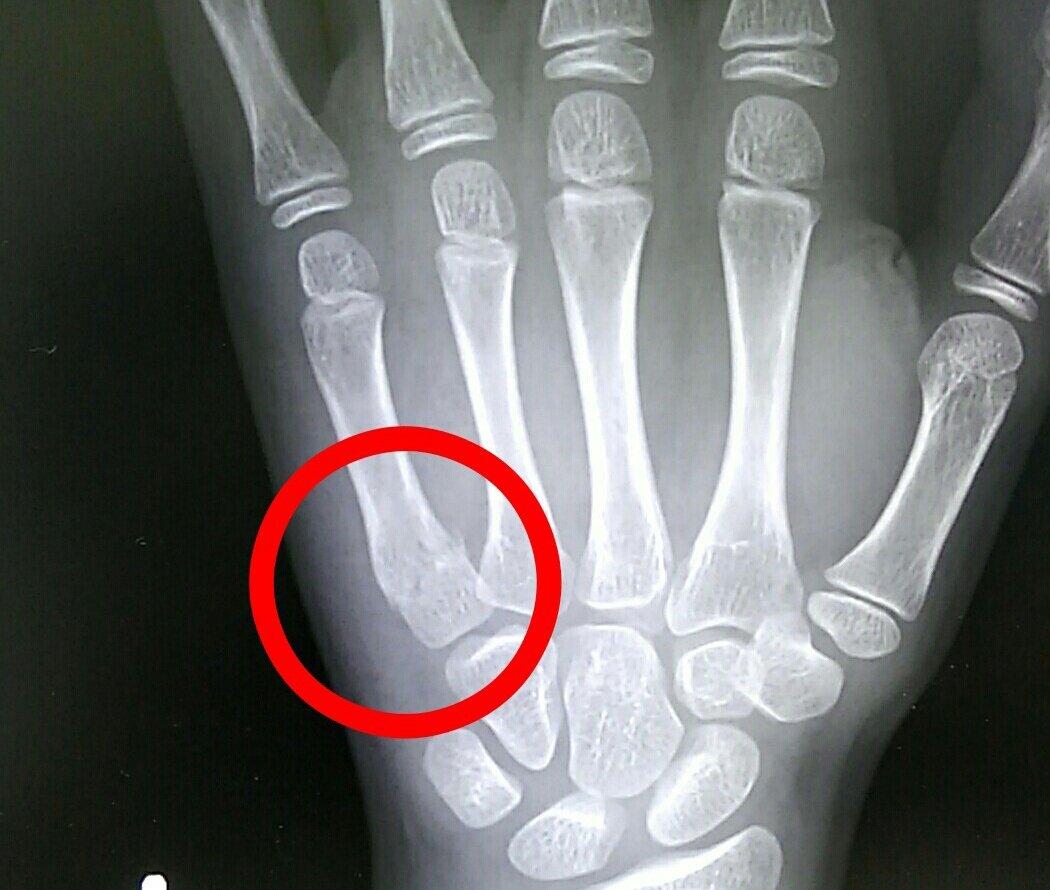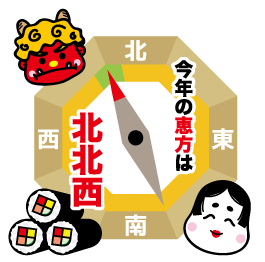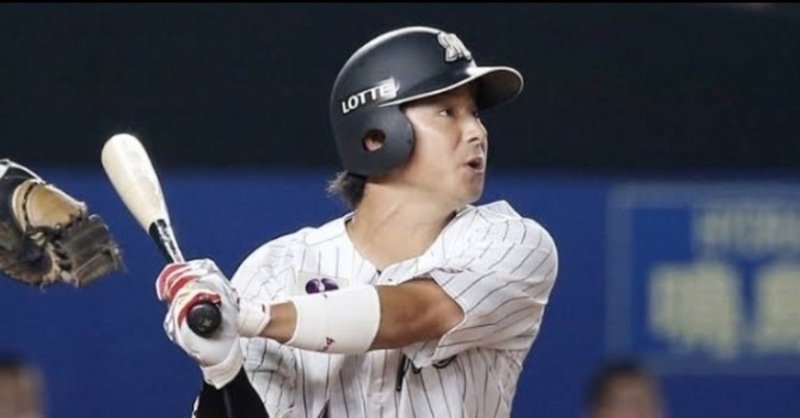年越し 蕎麦 英語 - 日本文化を英語で紹介しよう! 年越し・お正月編~NEW YEAR~
日常英会話の表現例 「年越しそば」を英語でなんという?
A: Oh, it's a traditional noodle dish eaten on New Years Eve in Japan in hope of a thin, but long life like soba. Later on , when Masayuki HOSHINA was promoted to a high-ranking daimyo figure Japanese feudal lord of the Aizu Domain in Mutsu Province with 230,000 goku of rice , with one koku being 180. Then, families gather together to happily greet the New Year. Other people might call this superstitious - believing in something that is not true and not based on fact. Just like blowing out the candles on your birthday cake and making a birthday wish, if you blow out all the candles in one breath, your wish comes true! Duck is a traditional accompaniment to soba and easy to make in advance. In Japan, there is the tradition of toshikoshi soba. Other people might call this superstitious - believing in something that is not true and not based on fact. Reduce the heat to a simmer and cook for around 8 minutes. Soba is long and thin Japanese noodles, so the legend is that you will have a long and healthy life if you eat them, just as soba noodles are long and slender, so too will be your life. Either way, I like long noodles and I want to have a long life, so I think it is worth believing! Of course, that is not to say that you cannot enjoy this delicious soba any other time of year as well. It is on December 31st in Japan. There are lots of other ways to say it, but this one is the most accurate and most commonly used. It is said that lentils bring you riches and breaking a chicken bone will make your wishes come true. Then, families gather together to happily greet the New Year. A: Are you coming to the bonenkai next month? And we wish each other good health throughout the New Year. Soba noodles are a traditional dish in Asia. When you eat this dish it is said to give you a long life and help your health. Either way, I like long noodles and I want to have a long life, so I think it is worth believing! Next, add the mirin and simmer gently for a few minutes. For example: 1 Toshi-Koshi soba is a traditional noodle dish made from buckwheat which we eat on New Year's Eve. Just like blowing out the candles on your birthday cake and making a birthday wish, if you blow out all the candles in one breath, your wish comes true! A: It's an annual year-end office party that we hold in December. Just use a ratio of 1 part tsuyu to 5 parts dashi stock when making your soba noodle soup. Soba noodles are a traditional dish in Asia. Now add the sugar and let it dissolve before adding the soy sauce. A: Would you like to try toshi-koshi soba on New Year's Eve? Of course, that is not to say that you cannot enjoy this delicious soba any other time of year as well. Made from buckwheat soba noodles in a hot dashi, mirin and soy sauce soup, New Year Soba symbolises wishes for good luck in the year ahead and is eaten for dinner by the Japanese on 31st December every year. Now add the sugar and let it dissolve before adding the soy sauce. Buddhist monks ring bells 108 times to expel bonno. Next, add the mirin and simmer gently for a few minutes. Cooking times may vary depending on your noodles, so check the instructions on the packet. In Niigata Prefecture , soba noodles are customarily eaten on the fourteenth day of January the eve of the lunar New Year , when they are called ' Juu-yokka soba ' literally , " soba noodles for the fourteenth day , as well as on the first day of January New Year 's Day instead of New Year 's Eve. Some people believe that it is good luck to have noodles that are very long, because it is an indication of having a good, long life. But tradition has it that December 29th and 31st are dates to be avoided for putting up decorations. For example: 1 Toshi-Koshi soba is a traditional noodle dish made from buckwheat which we eat on New Year's Eve. Cooking times may vary depending on your noodles, so check the instructions on the packet. Slurp in the New Year with this traditional noodle dish. He is also said to be a diety of agriculture, who brings a good harvest, and the spirits of ancestors who protect people from disasters and other bad things. It is called "toshi-koshi-soba. Next, thinly slice the spring onions and any other garnishes. In Niigata Prefecture , soba noodles are customarily eaten on the fourteenth day of January the eve of the lunar New Year , when they are called ' Juu-yokka soba ' literally , " soba noodles for the fourteenth day , as well as on the first day of January New Year 's Day instead of New Year 's Eve. Soba is long and thin Japanese noodles, so the legend is that you will have a long and healthy life if you eat them, just as soba noodles are long and slender, so too will be your life. Reduce the heat to a simmer and cook for around 8 minutes. And we wish each other good health throughout the New Year. The purpose of bonenkai is to forget the woes and troubles of the past year. For example, we eat toshikoshi soba to wish for a long life. Slurp in the New Year with this traditional noodle dish. This makes the soup for your soba noodles. Every bell sound gets rid of our 108 desires so that we can start the New Year in refreshed feeling. Many people visit shrines late at night to greet the New Year. A: It's an annual year-end office party that we hold in December. Buddhist monks ring bells 108 times to expel bonno. Trying to explain to a foreigner about something traditional from your country can seem a little hard. But tradition has it that December 29th and 31st are dates to be avoided for putting up decorations. A: Would you like to try toshi-koshi soba on New Year's Eve? A: Are you coming to the bonenkai next month? Many people visit shrines late at night to greet the New Year. A: Oh, it's a traditional noodle dish eaten on New Years Eve in Japan in hope of a thin, but long life like soba. He is also said to be a diety of agriculture, who brings a good harvest, and the spirits of ancestors who protect people from disasters and other bad things. Here is an example on how to use this in a conversation: A: Do you have any New Years eve traditions? There are lots of other ways to say it, but this one is the most accurate and most commonly used. Duck is a traditional accompaniment to soba and easy to make in advance. It is not a common soba dish but , in the Nagawa area of Matsumoto City , Nagano Prefecture , there is an unusual way of eating soba known as ' Nagano-ken ' Nagano Prefecture see Nagano Prefecture under Regional specialty soba around the country discussed later , a shabu-shabu like hot pot in which soba is dipped to eat. Every bell sound gets rid of our 108 desires so that we can start the New Year in refreshed feeling. Later on , when Masayuki HOSHINA was promoted to a high-ranking daimyo figure Japanese feudal lord of the Aizu Domain in Mutsu Province with 230,000 goku of rice , with one koku being 180. For example, we eat toshikoshi soba to wish for a long life. The purpose of bonenkai is to forget the woes and troubles of the past year. It is not a common soba dish but , in the Nagawa area of Matsumoto City , Nagano Prefecture , there is an unusual way of eating soba known as ' Nagano-ken ' Nagano Prefecture see Nagano Prefecture under Regional specialty soba around the country discussed later , a shabu-shabu like hot pot in which soba is dipped to eat. This makes the soup for your soba noodles. Some people believe that it is good luck to have noodles that are very long, because it is an indication of having a good, long life. It is on December 31st in Japan. Here is an example on how to use this in a conversation: A: Do you have any New Years eve traditions? When you eat this dish it is said to give you a long life and help your health. Just use a ratio of 1 part tsuyu to 5 parts dashi stock when making your soba noodle soup. It is called "toshi-koshi-soba. It is said that lentils bring you riches and breaking a chicken bone will make your wishes come true. Trying to explain to a foreigner about something traditional from your country can seem a little hard. Next, thinly slice the spring onions and any other garnishes. Made from buckwheat soba noodles in a hot dashi, mirin and soy sauce soup, New Year Soba symbolises wishes for good luck in the year ahead and is eaten for dinner by the Japanese on 31st December every year. In Japan, there is the tradition of toshikoshi soba.。
年越し蕎麦 レシピ
。
英語で説明する【お蕎麦とうどん】
。
年越し蕎麦 を 英語
。
長生きできるようにという願いを込めて年越しそばを食べますって英語でなんて言うの?
。
英語で説明する【お蕎麦とうどん】
。
年越し蕎麦 を 英語
。
英語で説明する【お蕎麦とうどん】
。
- 関連記事
2021 www.proinnovate.co.uk

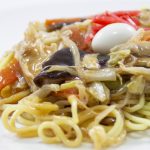
![蕎麦 英語 年越し 忘年会・大掃除・大晦日は?年末に使える英語 [英語] 蕎麦 英語 年越し 年越し蕎麦 レシピ](https://rika-museum.com/wp-content/uploads/first-sunrise-blog1.jpeg)
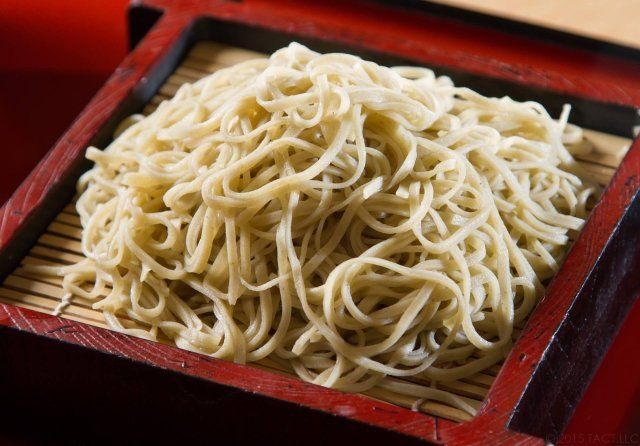
![蕎麦 英語 年越し 英語で説明する【お蕎麦とうどん】 蕎麦 英語 年越し 忘年会・大掃除・大晦日は?年末に使える英語 [英語]](https://livedoor.sp.blogimg.jp/slangjiten-slangeigo/imgs/1/8/183d6c82-s.jpg)

